Good drainage is essential for the health and vitality of rose plants, as it promotes robust root development, prevents waterlogged soil, and reduces the risk of root rot and other moisture-related issues. Proper drainage ensures that excess water can efficiently drain away from the root zone, allowing roses to thrive in optimal growing conditions. In this guide, we’ll explore the significance of good drainage for roses and how it contributes to their overall well-being and bloom production.
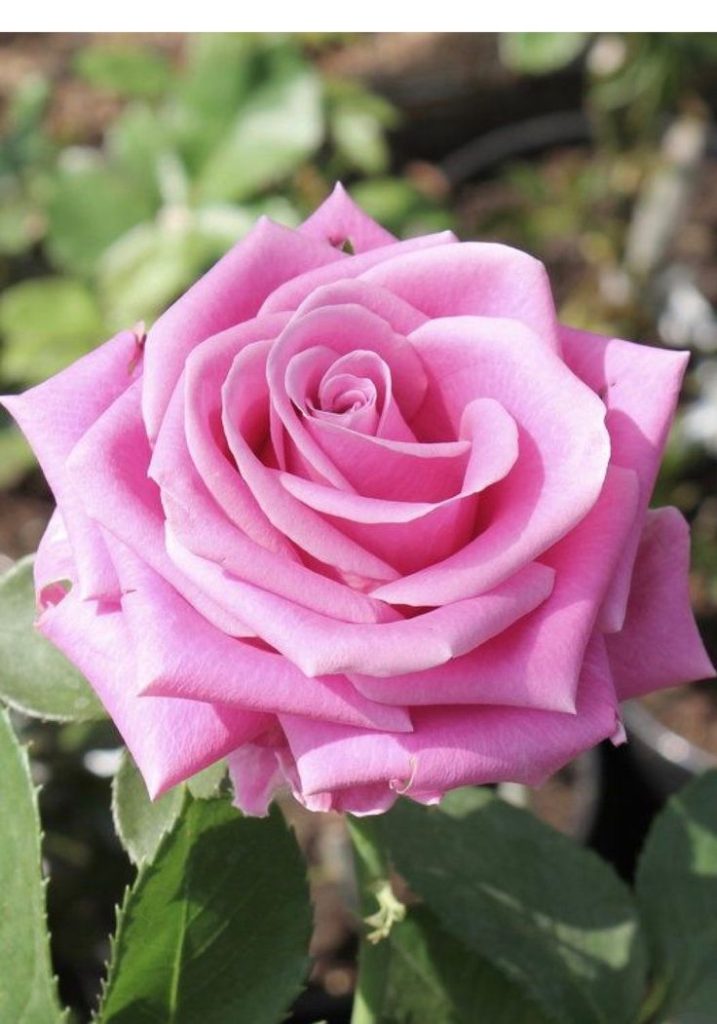

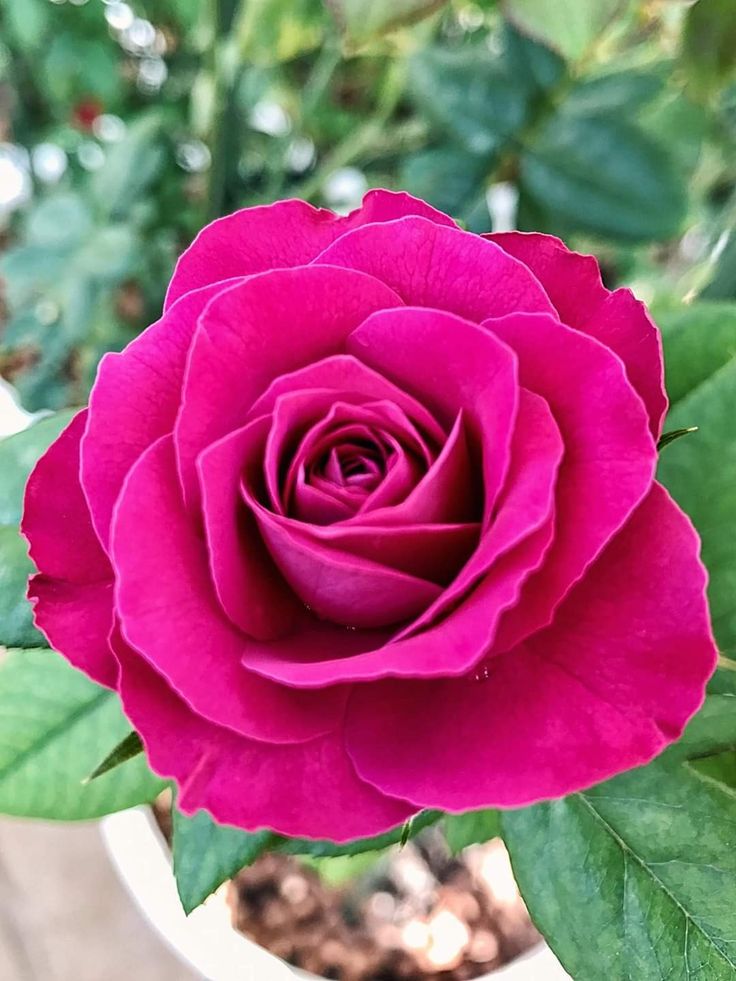


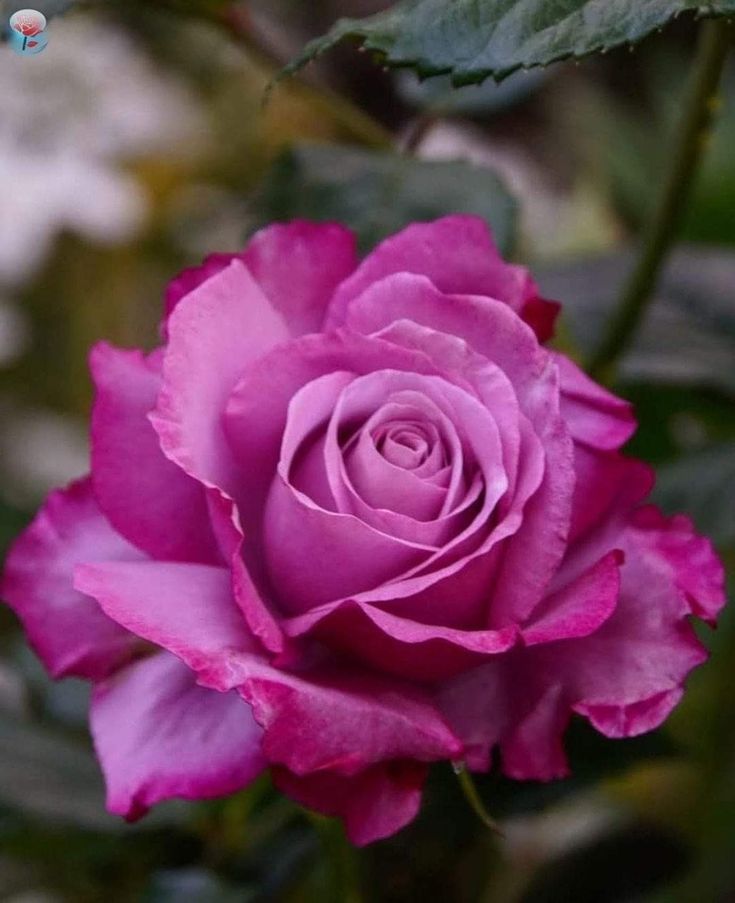

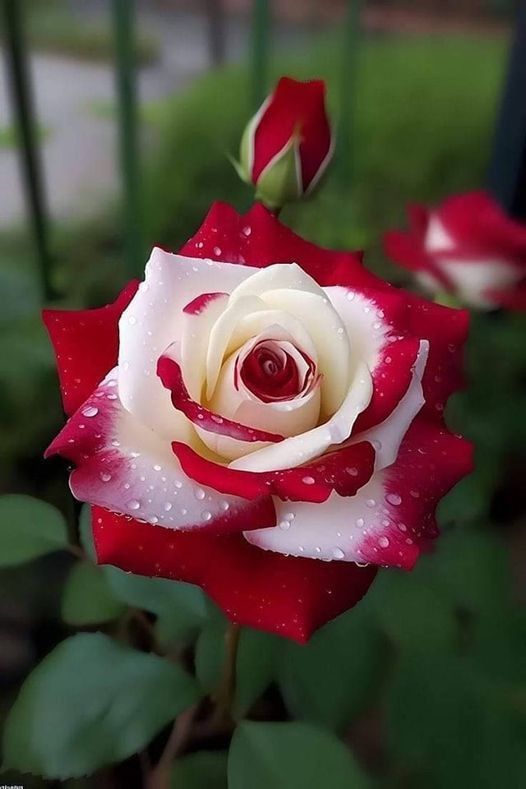
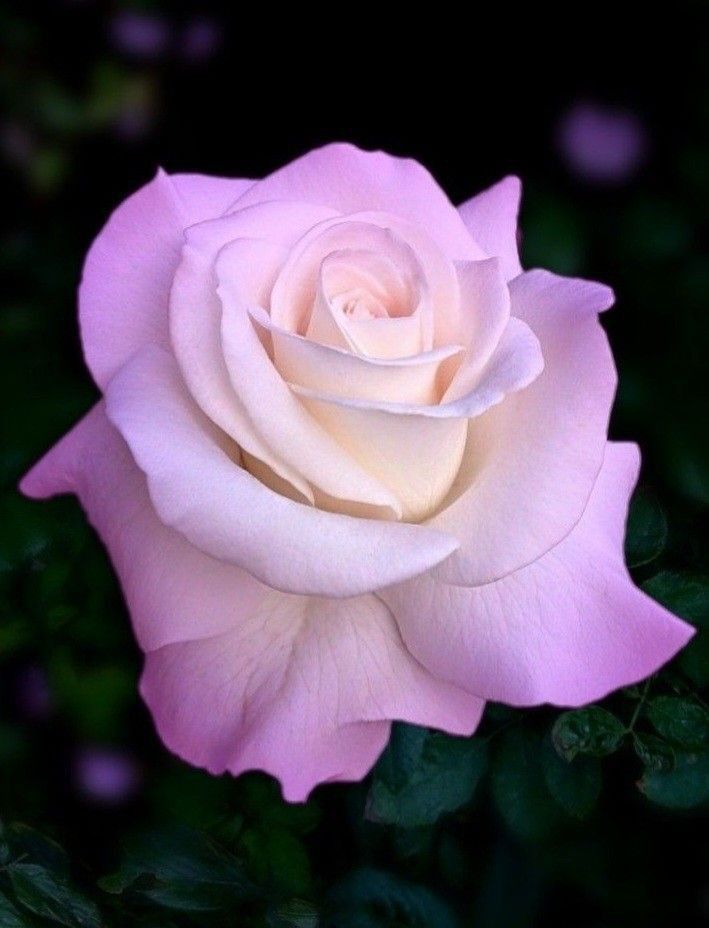

Role of Good Drainage in Rose Health
**1. *Preventing Waterlogged Soil*
- Good drainage prevents waterlogged soil, which can suffocate roots and lead to root rot. Excess water in poorly drained soil displaces air pockets essential for root respiration, resulting in stressed and weakened plants.
**2. *Promoting Root Health*
- Adequate drainage promotes healthy root growth by allowing roots to access oxygen, essential nutrients, and moisture in the soil. Well-drained soil encourages deep root penetration and robust root development, supporting strong and resilient plants.
**3. *Reducing Disease Risk*
- Proper drainage reduces the risk of soil-borne diseases such as root rot, crown rot, and fungal infections. Moist conditions in poorly drained soil create favorable environments for pathogens to thrive, leading to plant diseases and decline.
Effects of Poor Drainage on Roses
**1. *Root Suffocation*
- Poor drainage leads to waterlogged soil, depriving roots of oxygen and causing suffocation. Stressed roots are more susceptible to diseases and less efficient in nutrient uptake, resulting in stunted growth and poor flowering.
**2. *Root Rot and Disease*
- Excess moisture in poorly drained soil promotes the proliferation of fungal pathogens such as Phytophthora and Pythium, causing root rot and other fungal diseases. Infected roots become discolored, mushy, and less functional, compromising plant health.
**3. *Nutrient Imbalance*
- Inadequate drainage can result in nutrient imbalances and deficiencies, as waterlogged soil inhibits nutrient uptake and hampers root function. Nutrient deficiencies manifest as yellowing leaves, poor growth, and diminished flowering.
Characteristics of Well-Drained Soil
**1. *Loose and Porous Texture*
- Well-drained soil has a loose, friable texture that allows water to infiltrate freely and excess moisture to drain away quickly. It contains ample organic matter and pore spaces for air circulation and root growth.
**2. *Adequate Slope or Elevation*
- Ideally, planting areas should have a slight slope or elevation to facilitate natural drainage. Avoid low-lying or compacted areas prone to water accumulation, as they increase the risk of waterlogging.
**3. *Ample Organic Matter*
- Incorporating organic matter such as compost, peat moss, or well-rotted manure improves soil structure and drainage capacity. Organic matter enhances water retention in sandy soils and promotes drainage in clay soils.
Improving Drainage for Rose Plants
**1. *Amending Soil*
- Amend heavy clay soils with organic matter to improve drainage and soil structure. Incorporate coarse sand or perlite to increase soil porosity and enhance drainage in compacted or poorly drained areas.
**2. *Raised Beds or Mounds*
- Planting roses in raised beds or mounds improves drainage by elevating the root zone above ground level. Raised beds allow excess water to drain away more efficiently, reducing the risk of waterlogging.
**3. *Installing Drainage Systems*
- In areas with persistent drainage issues, consider installing subsurface drainage systems such as French drains or perforated pipes. These systems collect and redirect excess water away from the root zone, preventing waterlogging.
Conclusion
Good drainage is fundamental to the health and vigor of rose plants, supporting robust root growth, reducing disease risk, and promoting optimal flowering. By ensuring proper drainage in the planting area and maintaining well-drained soil conditions, you can create an environment where roses thrive and bloom abundantly, captivating the senses and enriching the garden landscape.
FAQs About Drainage for Roses
- Q: Can I improve drainage around established rose plants?
- A: Yes, you can improve drainage around established rose plants by incorporating organic matter into the soil, creating raised beds or mounds, and ensuring proper grading to facilitate water runoff.
- Q: How often should I water roses to maintain good drainage?
- A: Water roses deeply but infrequently to maintain good drainage. Allow the soil to dry out slightly between waterings to prevent waterlogging and promote healthy root growth.
- Q: Are there any signs that indicate poor drainage around rose plants?
- A: Signs of poor drainage include water pooling around the base of plants after rainfall, yellowing or wilting foliage, and the presence of water-loving weeds such as moss or algae.